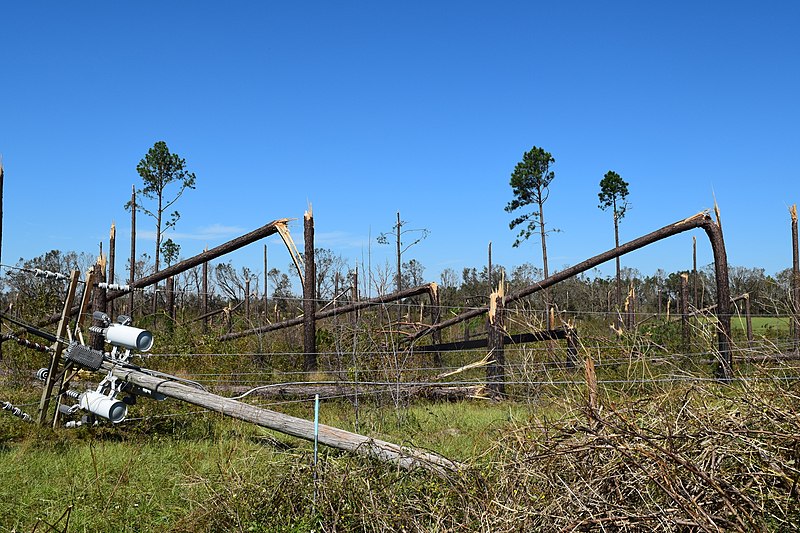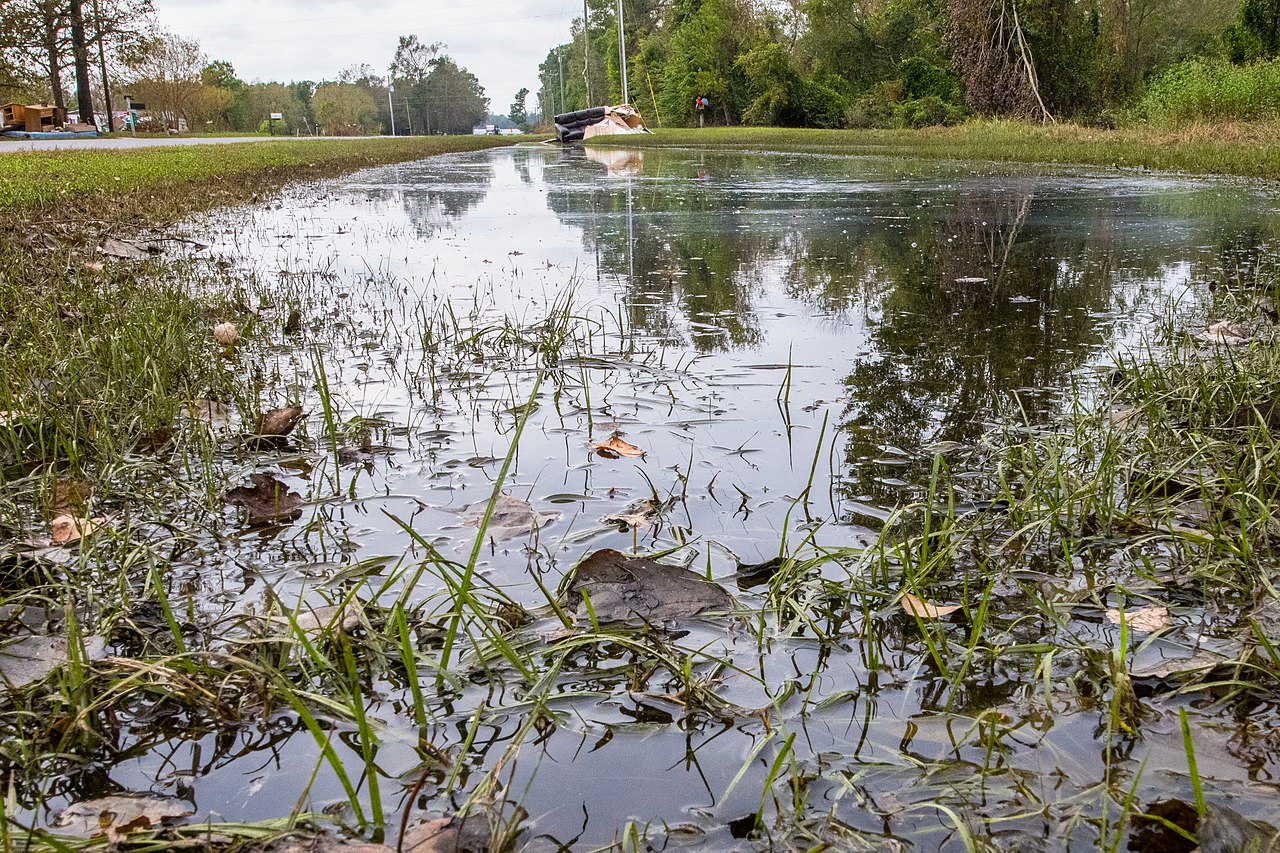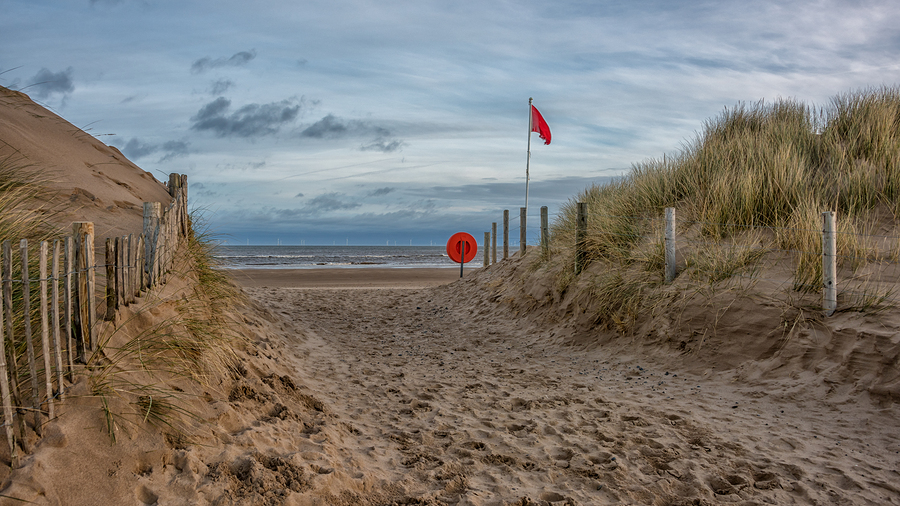Hurricane Hazards
There are a variety of hazards associated with tropical cyclones. While most people recognize the damaging impact of wind, there are a few hazards that can, directly and indirectly, affect them as well.

This hazard is the one that is most commonly associated with tropical cyclones. The strongest winds are concentrated around the eye of the storm and can reach speeds of over 155 mph. Depending on the size of the storm, hurricane force winds (75 mph and above) can extend out up to 100 miles from the center of the storm, and tropical storm-force winds (less than 75 mph) have been observed over 300 miles away.

Flooding from tropical cyclones is not correlated with the intensity of the storm, but rather the speed at which the storm is moving. Heavy, torrential rains can occur hundreds of miles away from the storm, meaning that a storm does not have to make landfall in a particular area to cause problems from significant rainfall. Even after the winds have subsided, the flooding potential from storms can remain for several days after the initial event. In fact, inland flooding is the most significant risk for those away from the coastline.

Tornadoes produced by tropical cyclones typically form in the right front quadrant of the storm, relative to the direction of the forward motion of the storm. While these tornadoes generally are not as intense as those associated with non-tropical thunderstorms, they can move relatively fast (speeds over 50 mph) and are rarely accompanied by hail and lightning. While most tornadic storms track from a westerly direction to an easterly direction, due to the movement of rainbands, tropical tornadoes will move from east/southeast to the west. Tornadoes can also form in the far outer rainbands of tropical cyclones, which can be hundreds of miles away from the center.

The strong winds from tropical cyclones can also be responsible for creating dangerous waves. As these waves break on shore, they can produce rip currents, even if the storm is still far away. Rip currents are channels of water, moving at speeds up to 5 mph, flowing away from the shore. The powerful currents are especially dangerous because they can pull strong swimmers hundreds of feet away from the coastline, even when the weather at the beach appears calm.
Storm surge is the term that describes the wall of water that is pushed up and onto land when a tropical storm or hurricane makes landfall. The storm surge can cause significant damage by flooding areas and pounding waves impacting coastal zones and communities. In the strongest hurricanes, the storm surge can be as high as 25 feet above normal water levels.
Watch this video from NOAA’s Ocean Service to learn more about Storm Surge.
Powerful winds aren’t the only deadly force during a hurricane. The greatest threat to life actually comes from the water – in the form of storm surge.
Storm surge is water from the ocean that is pushed toward the shore by the force of the winds swirling around the hurricane. This advancing surge combines with the normal tides and can increase the water level by 30 feet or more.
Storm surge combined with waves can cause extensive damage. It can severely erode beaches and coastal highways. The pounding waves can take out boats and buildings. As the waters move inland, rivers and lakes may be affected, and add to the rising flood levels. While we can’t prevent storm surge, we do have a system that can warn us of the incoming threat.
As a hurricane develops over the open ocean, forecasters at the National Hurricane Center closely monitor its path to evaluate the risk of a coastal strike. They use a computer model called SLOSH to predict storm surge heights. The model depends critically on the hurricane’s track, intensity, and size.
SLOSH uses water depths, land elevations, and barriers to the flow of water to compute surges as they move inland. This data helps determine which areas may need to be evacuated.
When a hurricane slams our coast, it’s important to be aware of all the dangers. As a reminder, emergency managers want us to run from the water and hide from the wind. Don’t take unnecessary risks during a storm. Conditions can change in the blink of an eye.
Storm surge is a dangerous event during a hurricane, where furious winds are driving deadly flows of water from our seas to our shores.